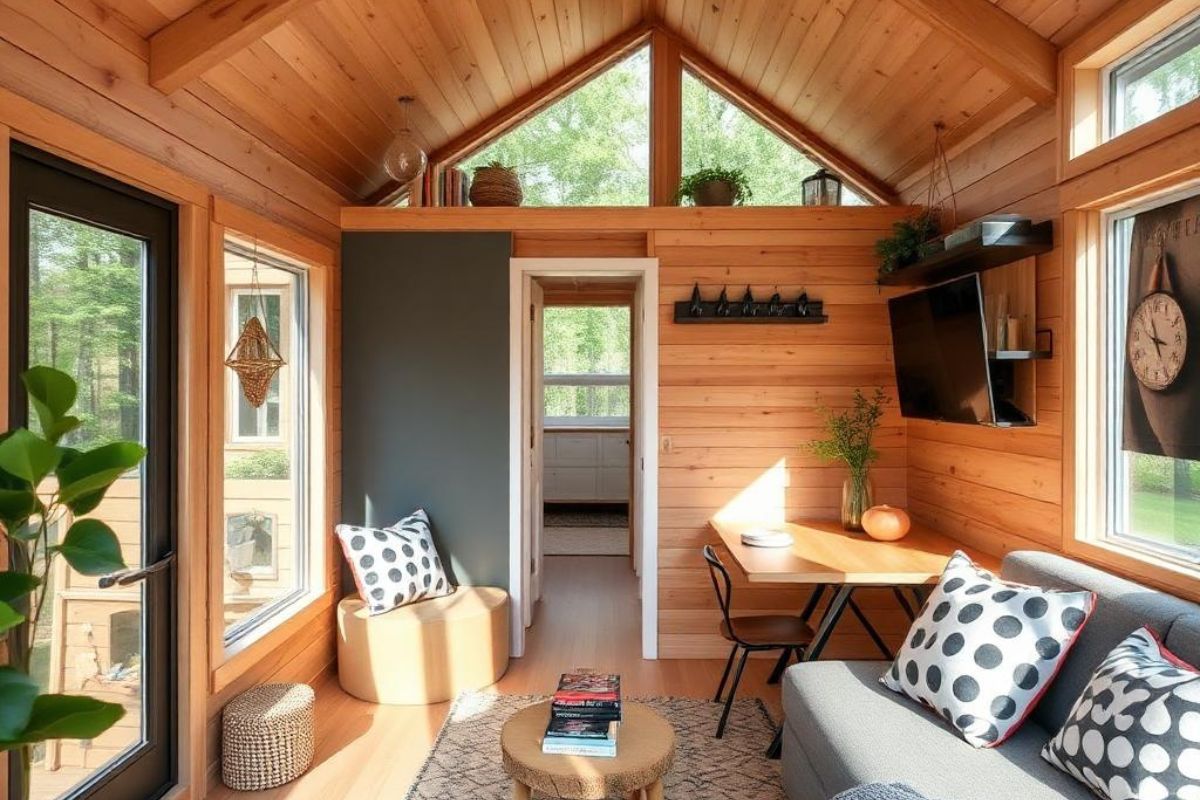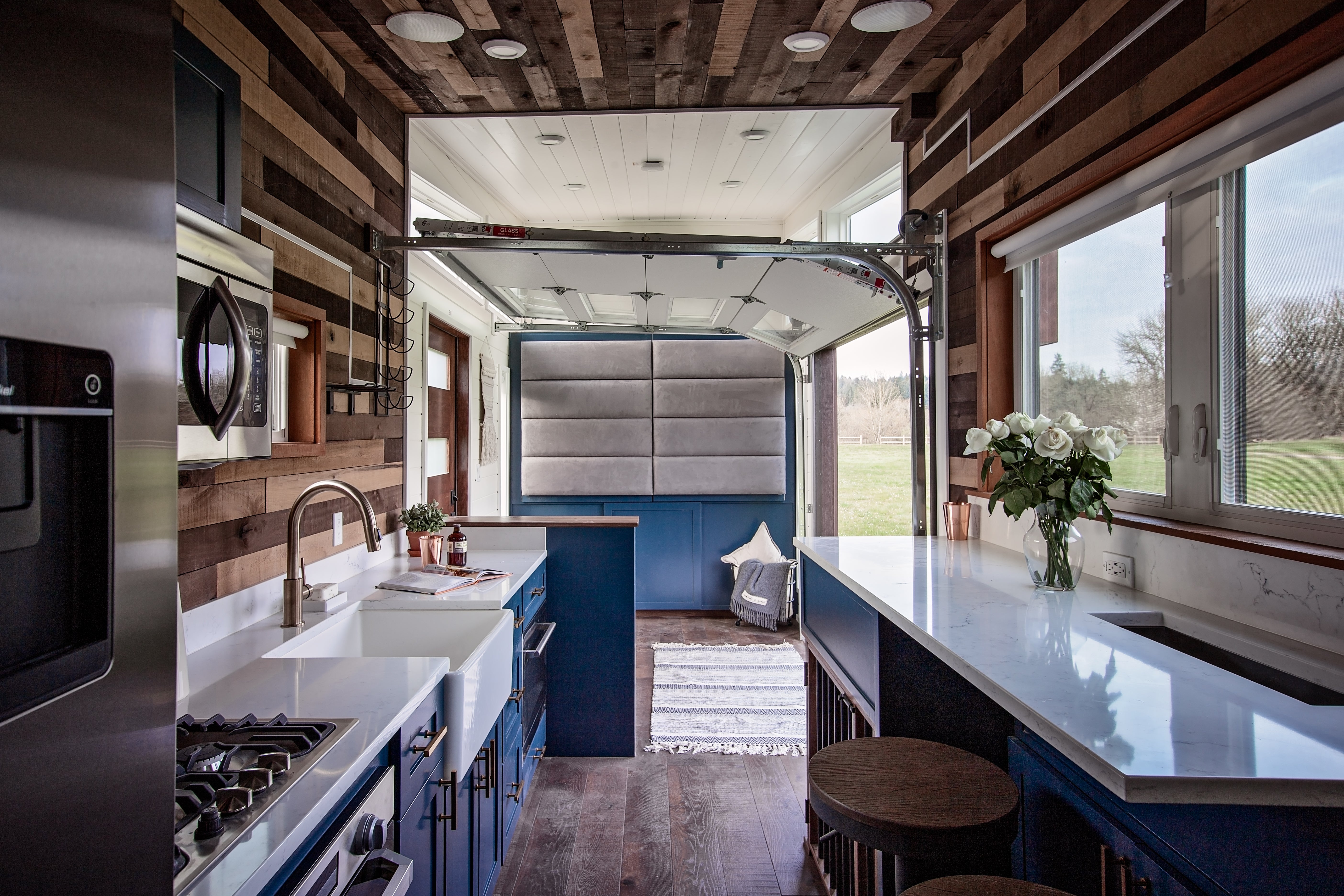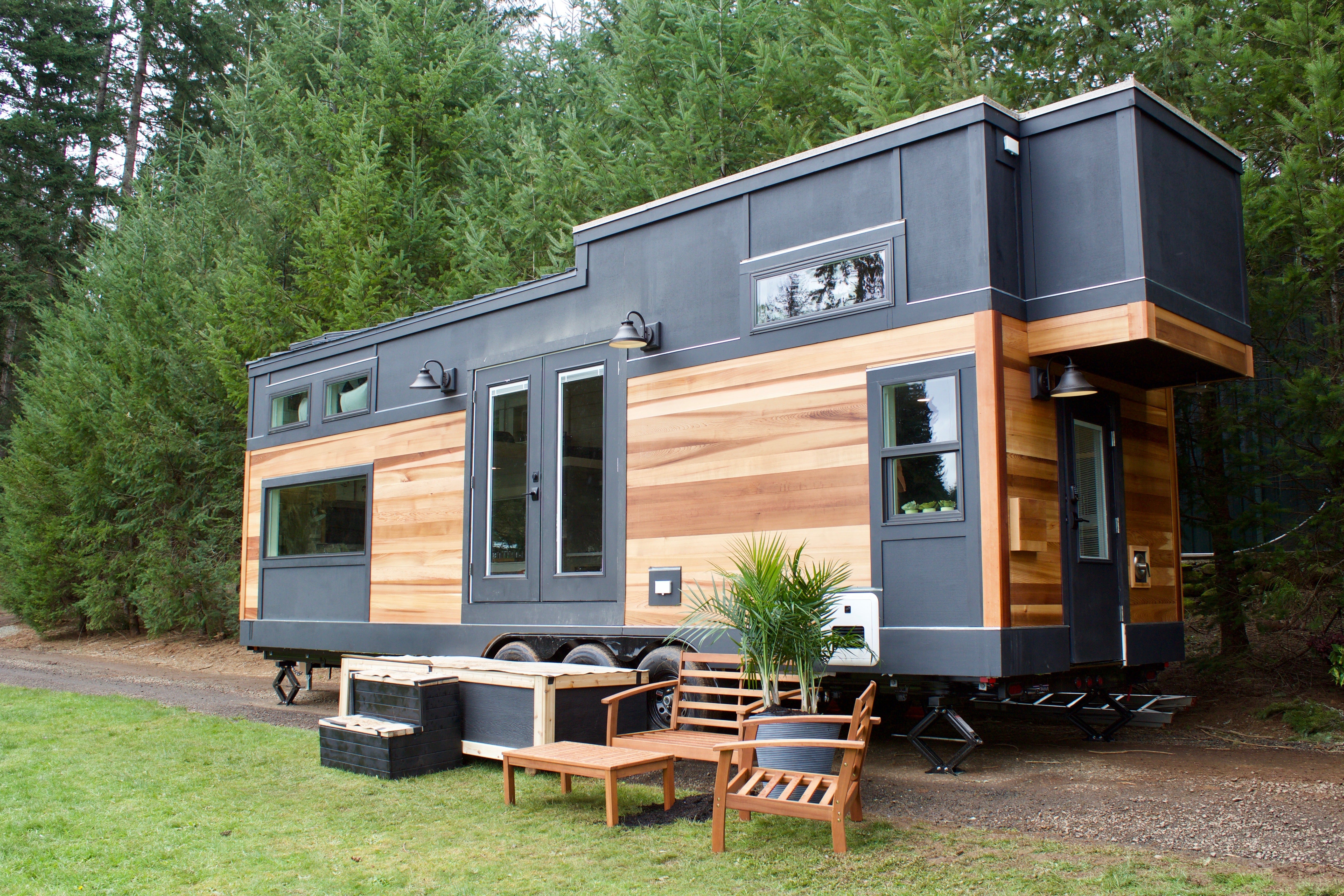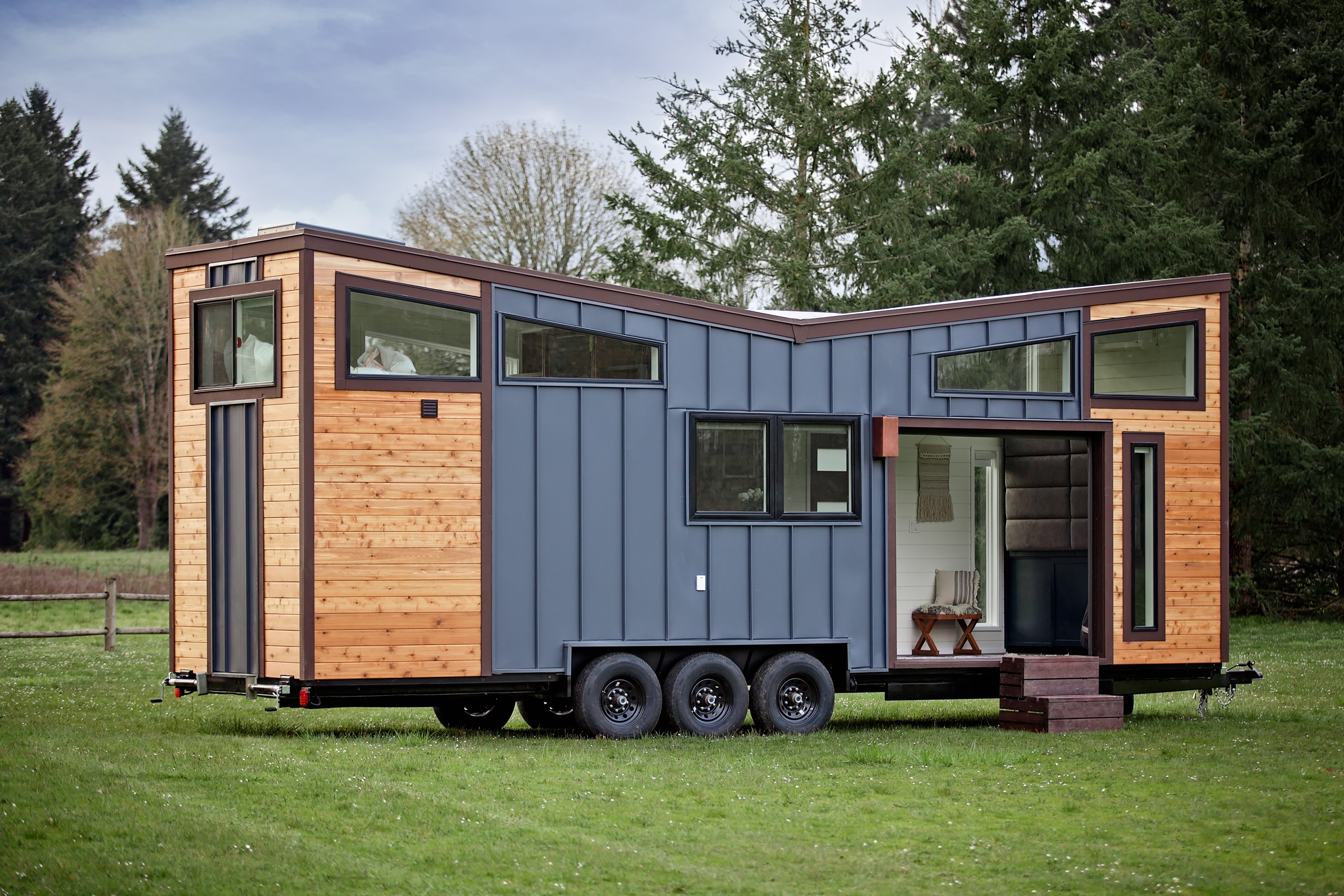Establishing a welcoming environment for birds in your tiny home backyard enables you to unite with nature while simultaneously helping native wildlife and adding colorful biodiversity to your property. You can achieve this rewarding project by making your backyard more convenient for visiting birds, regardless of your experience with birdwatching or your appreciation for natural bird presence.
When you create a Bird-friendly backyard in your tiny home, you can document the enchanting bird life in your yard with a bird camera as a primary benefit. A smart bird camera allows you to view wildlife from a close distance and lets you photograph and distribute these enthralling bird moments to others. This article reveals how to design a bird-friendly backyard using a bird camera for desired visual capture.
Select an Ideal Area in Your Tiny Home for Bird Sanctuary Installation
Before building your bird sanctuary, you need to decide where your bird feeder and bird bath, along with other installed elements, should go. A suitable resting area for birds needs to include protective safety in addition to quiet surroundings where they can get food, water, and shelter.
The following guide will assist you in choosing the proper sites for birding tools, like Bird feeders with cameras in your bird-friendly backyard:
-
Feeding Stations: The right place to set your bird feeder is deep inside a quiet and protected area that keeps predators away from bothering birds while they eat. Set the feeder 10–12 feet away from trees or fences and other possible predators, such as hawks and cats.
-
Water Source: Add a bird bath and a small water feature, which should face open spaces in areas that stay cool. It is important to position them away from sunlight, which can heat the water rapidly. All birds need shallow and clean water to bathe and drink from. Regularly refresh and clean the water source.
-
Shelter and Nests: Establish dense foliage in small bushes and trees to encourage birds to build nests. Installing birdhouses for cavity-dwelling species like bluebirds and chickadees in private areas will also be helpful. Build a birdhouse in a protected location to invite bluebirds or chickadees, which need cavity nests to rest.
Choose the Right Bird Feeders and Food
Getting the appropriate bird feeders and food selections successfully attracts birds to your birdwatching area. Since different bird species have unique eating habits, it makes sense to present numerous food choices in your garden.
-
Seed Feeders: Place black oil sunflower seeds at seed feeders, as they attract finches, chickadees, and cardinals. Mixed seed blends are suitable for attracting birds, but avoid using millet fillers because birds tend to ignore these additives.
-
Suet Feeders: The food source known as suet attracts woodpeckers, nuthatches, and other insect-eating birds via suet feeders. Combining cage feeders with suet blocks or cakes will attract insect-eating species to your feeding area.
-
Nectar Feeders: The installation of a hummingbird feeder containing nectar solution effectively attracts these birds due to their attraction to nectar. Regular cleaning and the use of a sugar and water mixture in the bird feeder will keep it operational.
-
Ground Feeders: You should place seeds on the ground surface or set up a ground-level tray as a feeding station for sparrows and doves.
Your backyard will welcome different bird species when you have multiple food supply options in your bird-friendly yard.

Add a Variety of Plants and Flowers
A backyard filled with proper plantings delivers dining opportunities and living spaces for the bird species. The addition of different native plants in your garden area improves both wild bird habitat and creates an attractive outdoor space. Native plants maintain exceptional value in wildlife habitats because they make specific areas that fascinate native species.
-
Flowering Plants: Flowering plants supply nectar to hummingbirds and butterflies when they bear coneflowers, sunflowers, and wildflowers. These plants provide food for insects, which subsequently draw in warblers and swallows, together with other birds that require insect prey.
-
Shrubs and Bushes: Various shrubby plant species, including elderberries and serviceberries, together with dogwood, provide a protective and feeding habitat for wildlife with their berries and dense foliage. The well-constructed plant structures also serve as credible locations for bird nesting purposes.
-
Trees: Planting oak trees alongside pine and maple trees provides birds with land protection through shade and safety for nesting activities. Trees are essential to their habitat because they provide an essential environment for woodpeckers, jays, owls, and other larger species of birds.
Native plants planted in your backyard will create a diverse living space that provides birds with food while giving them protection and security.
Keep Your Backyard Safe and Clean
A safe environment should accompany any backyard that aims to benefit birds. Safety for your feathered friends can be achieved through these basic guidelines:
-
Avoid Chemicals: Chemicals should be avoided in your yard since they contain pesticides and herbicides. The application of these chemicals leads to health hazards among birds, insects, and all wild species.
-
Clean Feeders Regularly: Bird feeders and bird baths should be cleaned regularly with soapy, warm water to prevent disease transmission from dirty equipment.
-
Provide Perches: The feeder's function depends on sufficient perches which birds use before returning for food. Natural bird perches consisting of branches or twigs should be installed for them to rest.
-
Reduce Collisions: Glass's reflective quality can be dangerous to birds that can’t perceive the image. To prevent flying birds from striking the glass, you should apply bird-safe window decals and netting.
Install a Bird Camera to Record Beautiful Bird Observations
After creating an environment welcoming to birds, it is time to appreciate the natural sights with documentation tools in your outdoor space. A bird camera provides the solution at this point. Bird feeders with cameras offer the ability to record high-definition images and video footage, which mainly shows birds' backyard behaviors.
The following steps outline how to successfully install a bird camera in your backyard.
-
Choose the Right Camera: You need to select the right camera since bird cameras now come in various forms, from minimal to complex models, which include features like motion detectors, night vision, and wireless connectivity. A camera with weather resistance should be your selection because it protects against outdoor conditions. Additionally, you need excellent zoom capabilities to take sharp images at long distances.
-
Position the Camera: Install the camera at a strategic point that allows you to observe the bird feeder, bird bath, and other yard features. Locate your surveillance camera at a height that prevents disturbance from pets and children but provides strong visual quality for your photographs.
-
Check the Settings: You should examine the camera's settings to meet the present lighting quality with personal taste in mind. Set your camera to detect motion since it will record all bird activity.
Your camera setup will allow you to observe birds closely through its lens and convey rich footage to your family and friends.
Conclusion
Creating a backyard area that is friendly to birds enriches the experience of connecting with nature, helps wildlife, and brings attractive outdoor enhancements to your tiny home. The appropriate combination of food sources, shelter, and vegetation in your yard will naturally draw numerous types of birds.
Installing a bird camera can create lasting bird memories. This camera enables you to capture images of your favorite birds to share with fellow birdwatchers. Using a bird-friendly backyard combined with camera equipment permits casual observers and passionate birdwatchers to enjoy more substantial connections with nature while enjoying abundant happy moments.






Share: